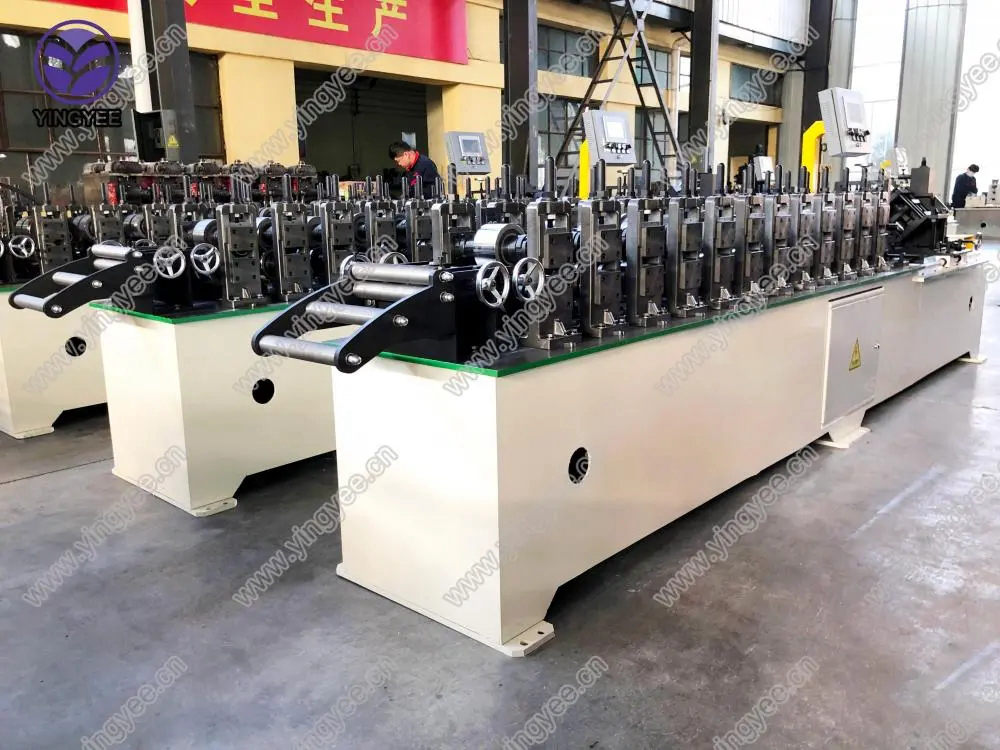Understanding E6013 Welding Rods Applications and Benefits
Welding is a critical process in various industries, from construction to automotive repair, due to its ability to create strong, lasting joints between metal parts. Among the various types of welding rods available, the E6013 is one of the most commonly used electrodes, especially in the realm of shielded metal arc welding (SMAW). This article aims to provide an in-depth understanding of E6013 welding rods, including their characteristics, applications, and advantages.
What is E6013?
The E6013 welding rod is classified under the American Welding Society (AWS) standards, specifically designed for mild steel welding. The designation can be broken down as follows the 'E' indicates that it is an electrode; '60' represents the minimum tensile strength of 60,000 psi; '1' signifies that it can be used in all positions; and '3' indicates the type of coating on the rod, which is typically a potassium-based sodium coating that facilitates smooth operation and minimal spatter.
Characteristics of E6013 Welding Rods
E6013 rods are known for their versatility and ease of use. They feature a mild steel core with a special coating that enhances arc stability and allows for a smooth, controllable weld. The rods have a moderate penetration capability, making them suitable for welding thin to medium-thickness materials. The coating provides a stable arc and good control over the weld pool, which is essential for achieving clean and precise welds.
Additionally, E6013 welding rods are less susceptible to porosity and other defects related to welding, making them ideal for projects where the aesthetic appearance of the weld is crucial. Their ability to produce a smooth, shiny finish makes them particularly popular among hobbyists and in artistic applications.
Applications of E6013 Welding Rods
E6013 welding rods are widely employed in various applications
. Some of the most common uses include
1. General Fabrication These rods are perfect for mild steel fabrication, making them useful in workshops and manufacturing settings.
2. Automotive Repair Mechanics often rely on E6013 rods for welding car frames and bodywork due to their ease of use and the ability to create strong welds without excessive heat distortion.
e6013 welding rod
3. Home and DIY Projects Amateur welders appreciate the E6013 rod for its forgiving nature, allowing them to achieve satisfactory results in home improvement projects and repairs.
4. Artistic Welding The smooth finish produced by E6013 rods makes them a favorite among artists who work with metal. Sculptures and decorative pieces often employ these rods for their aesthetic properties.
Advantages of Using E6013 Welding Rods
There are several advantages to using E6013 welding rods
- Ease of Use Their user-friendly nature makes them suitable for beginners and experienced welders alike. E6013 rods provide a stable arc, allowing for better control over the welding process.
- Versatility E6013 rods can be used for a variety of welding positions, including flat, horizontal, vertical, and overhead, making them adaptable to different projects.
- Cost-Effective Generally, E6013 rods are affordable, making them an economical choice for both professional welders and DIY enthusiasts.
- Low Smoke and Spatter During welding, E6013 rods produce less smoke and spatter compared to other electrodes, resulting in cleaner work environments and less post-weld cleanup.
Conclusion
In summary, E6013 welding rods are a versatile and widely-used choice for various welding applications. Their ease of use, reliability, and performance make them suitable for both professionals and amateurs. Whether you are fabricating metal structures, repairing automobiles, or creating artistic endeavors, E6013 rods offer the quality and efficiency needed for successful welding projects. As with any welding rod, proper technique and safety measures should always be observed to ensure optimal results and safety in the welding environment.







